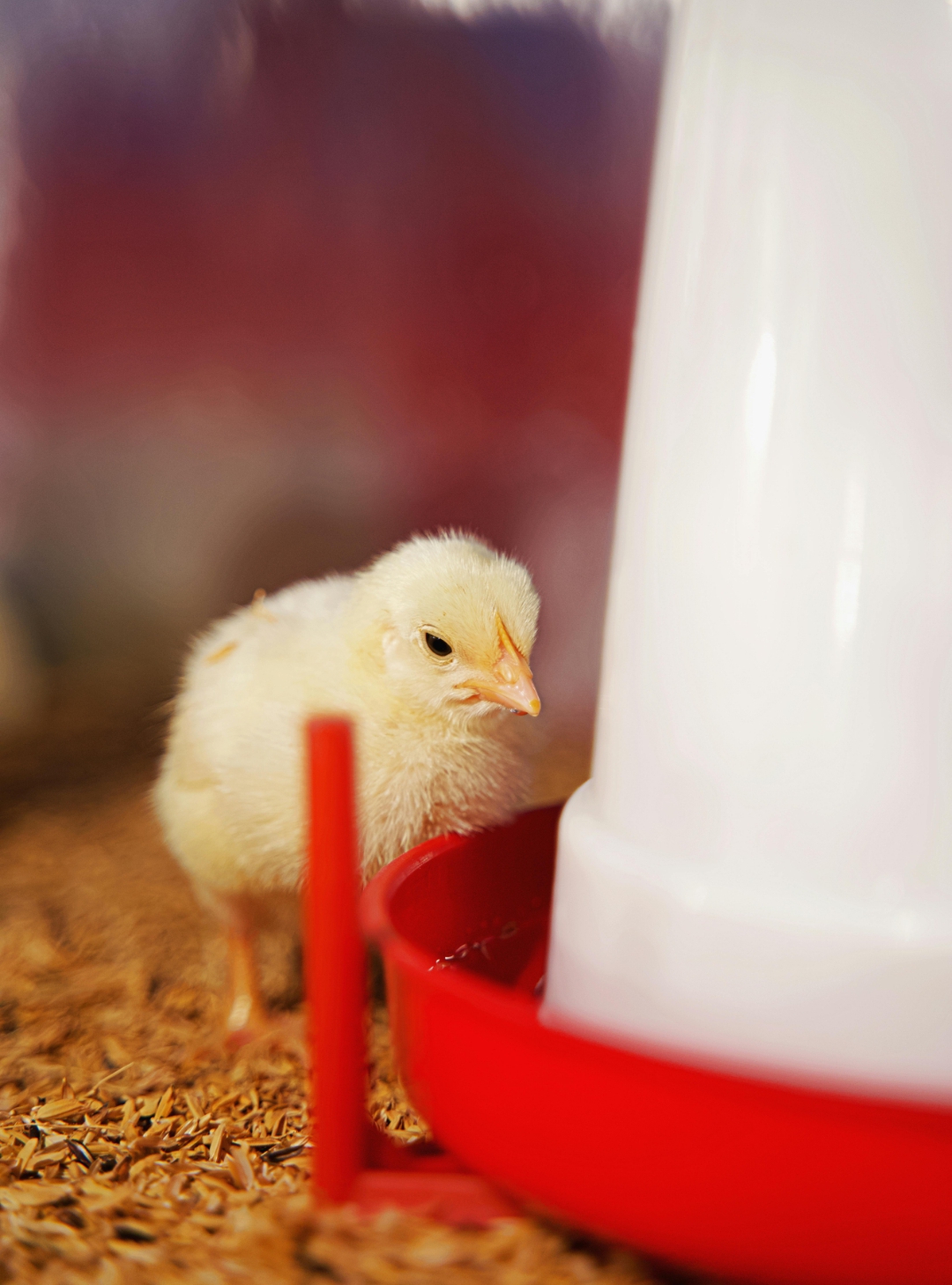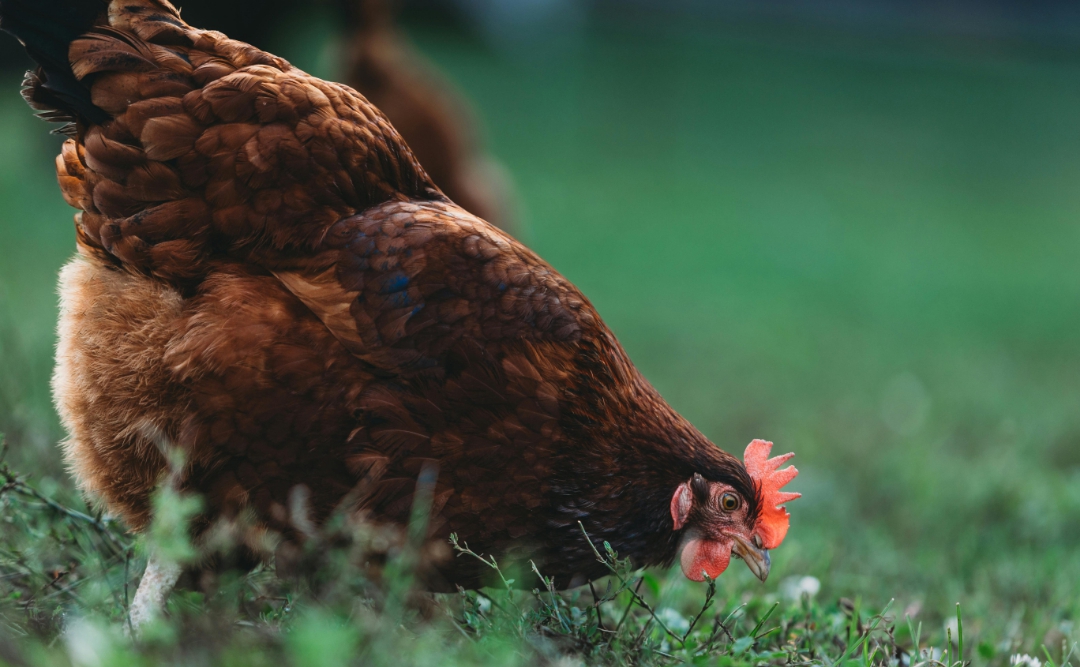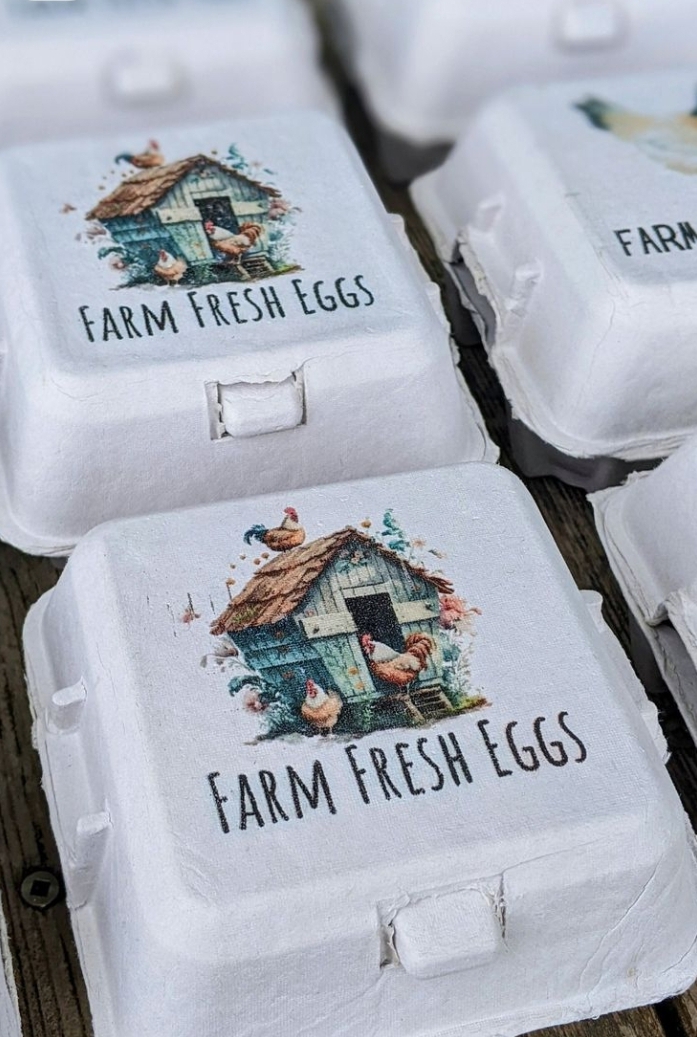Niss and the First Egg
“Maaa! Come and see this!”
Her daughter’s voice rang from the chicken house, urgent and excited.
Niss sprang to her feet, heart racing, and nearly flew across the compound. She slipped into her gumboots, tugged on her overalls and gloves, dipped her feet in the disinfectant bath, and stormed inside.
“An egg!” her daughter cried.
For a moment, time froze. Niss’s heart swelled, her smile trembled, and her eyes filled with tears. This was the 19th week—the week she had been waiting for.
“Here’s another one! And another!” her daughter shouted, unaware that her mother’s heart had already burst open, streams of joy gushing out.
It felt like a miracle.
From Joy To Worry
But that was two weeks ago.
Now, Niss stood in her storehouse, staring at 80 trays stacked neatly in rows. By the end of the week, she would cross 100.
Her joy had turned into unease.
Who is going to buy all these eggs?
What if they go bad?
What if they all break right here in the store?
Who buys month-old eggs anyway?
The questions gnawed at her.
Doors Slammed Shut
She tried everything.
Her first stop was the local high school, where she pitched her eggs with hope in her voice. But the headmaster, a not-so-distant neighbor, turned her away.
“We already have a supplier under contract. I can’t change that without the board’s approval,” he said.
Board? What board? Niss thought bitterly. What board would choose rules over supporting a struggling local farmer? Deep inside, she suspected jealousy. Maybe he just wanted to see her fail.
Still, she pushed on.
She carried her eggs to the marketplace, setting them out for buyers. But not a single customer came near. The only tray she sold was to a wealthy-looking man who, she suspected, bought out of pity rather than need.
Her stomach sank. This was not what she signed up for.
She thought of the stories she had read of young millionaire farmers smiling beside heaps of eggs. Where did they sell? To whom? And what magic words did they use? No one had the answer.
One Last Try
That night, she added six more trays to her growing mountain and lay in bed, disappointment pressing down on her. Yet somewhere inside, a stubborn spark flickered. She decided to try one last move.
There was a new private high school in the neighboring village, barely a year old. Maybe, just maybe, they would listen.
The Breakthrough
At dawn, Niss was at the principal’s office, waiting an hour for him to arrive.
When he finally sat down, she took a deep breath and launched into her pitch:
“My eggs are fresh and good. Your students will love them. They’ll grow strong, think sharper, and perform better. And by buying from me, you’ll be supporting a local farmer.”
The Principal And The Eggs

The principal leaned back, studied her, leaned forward, then nodded.
“Go bring all your eggs right now,” he said. “And make sure you can supply us every week.”
Niss blinked, hardly believing it. Was it her words that convinced him? Or was he simply in urgent need of eggs? It didn’t matter. What mattered was that, at last, her eggs would leave the storeroom.
Bigger Than She Dreamed
That morning, Niss had woken up poor. By 9 a.m., she was holding nearly Ksh. 40,000 and, more importantly, a guaranteed weekly buyer.
Unbelievable.
She whispered to herself:
It’s going to be harder than you think, harder than you plan for. But when the breakthrough comes, the reward will be bigger than anything you can imagine.
She smiled faintly. She had heard those words somewhere before, maybe on Facebook. But now, they weren’t just words. They were her truth.
If you want tips and strategies on how to sell and market your eggs.
And enjoy money just like Niss, register for free for our regular Layer Chicken Digest Tips below.
See you next Wednesday!
Carlos Deche
carlosdeche4040@gmail.com
secretlayerske@gmail.com










